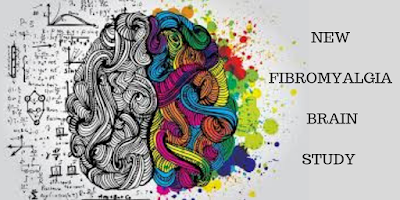This research is so important because researchers have found proof that inflammation is happening in Fibromyalgia. It opens many areas for treatments, for validating current treatments and hope for a cure.
"Finding an objective neurochemical change in the brains of people who are used to being told that their problems are imaginary is pretty important," said Marco Loggia, associate director of the Center for Integrative Pain Neuroimaging at Harvard Medical School.
Researchers compared the brain scans of people with fibromyalgia to a healthy control group, and found more inflammation in the immune cells of the brain in people with fibromyalgia.
As Fibromyalgia, does not manifest any structural damage in any organ it is often difficult to prove. It causes chronic, widespread pain in muscles and soft tissues accompanied by fatigue and sleep disturbances. So this research provides proof that there are physiologic changes that can be found.
The study used a test called positron emission tomography (PET) which images the brain.
The study and report were quite complex but the findings can be summarized as follows:
1. This research shows that brain levels of the glial marker, TSPO, are elevated in the cortex of FM patients relative to healthy controls.
This marker of glial activation was increased in several brain regions implicated in FM pathology from previous neuroimaging studies.
2. It also found an association between the TSPO PET signal and fatigue, a predominant FM symptom.
Various studies have found that patients with Fibromyalgia had elevated levels of fractalkine and interleukin-8 (IL-8) in cerebrospinal fluid (CSF) (Backryd et al., 2017, Kadetoff et al., 2012, Kosek et al., 2015). Both are implicated in neuron-glial communication and have been associated with central sensitization and pain. But no study had clearly demonstrated that glial activation occurs in the brain of FM patients. Confirming this neuroimmune dysfunction in FM would open the exploration of glial modulation as a therapeutic option for this condition.
Future studies will need to test whether glial modulation may be a viable therapeutic strategy for FM.
Marco Loggia said the results could lead to better ways to see if fibromyalgia treatments, reduce the inflammation that they found.
These findings may also be an important step in discovering the cause of Fibromyalgia.
It could also help with developing new treatments as the study supports glial modulation as a potential therapeutic strategy for Fibromyalgia.
So this report definitely brings comfort and hope to all of us with Fibro.


No comments:
Post a Comment
Thanks for your input